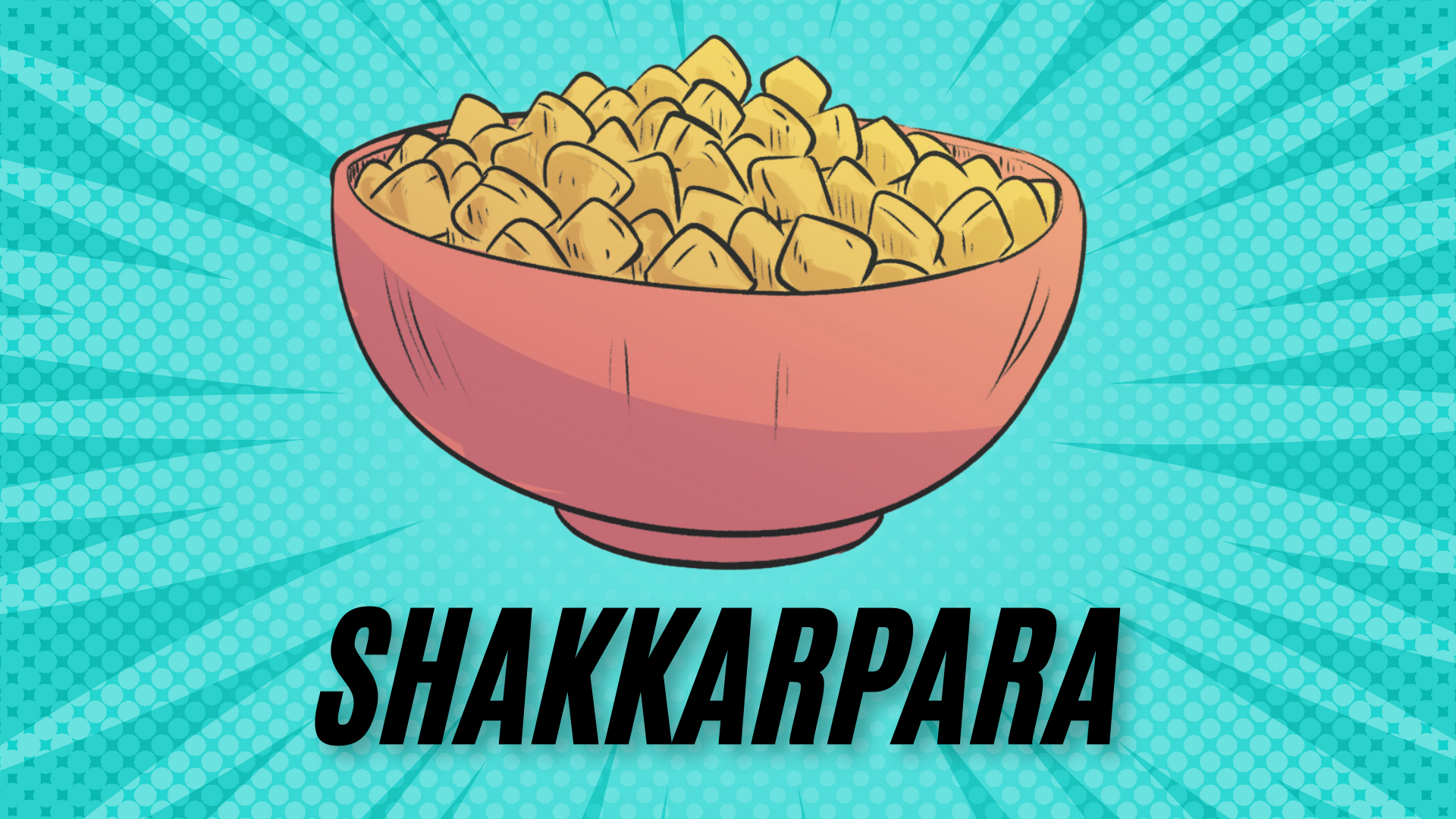Diwali. Even the busiest of workaholics take time out to celebrate with their loved ones. New clothes, exchanging gifts and gift ideas, buying and lighting dozens of diyas in various sizes all over the house, buying a new set of fairy lights every year and decorating windows with them, buying every single colour of rangoli powder and an equal variety of stencils to create rangolis on – these are only a few of the most cherished Diwali traditions for most Indians.
Growing up, our parents bought us our new Diwali outfits, and they bought with them bulging bags full of firecrackers. Our grandmothers made the most delicious snacks and sweets, and if not for the watchful eye of a mother or older sibling, these preparations would be devoured on the very same day.
Now we usually shop for our new outfits online. Gifts are ordered to be delivered directly to our loved ones. Rangolis are bought in ready-to-stick sheets, and diyas are usually electric. The snacks and sweets, however, remain just as good.

The variety of sweet snacks, savoury or salty snacks, and of course, the sweets, are enough to boggle the mind. The house is infused with the smell of treats being fried in ghee, making the mouth water as soon one walks in the door. Trays and trays of freshly fried snacks are set out to cool before being packed into air-tight containers, ready to be distributed to family and friends. Boxes of sweets, dripping sugar syrup or ghee, each piece adorned with a fried cashew or a piece of silver varak, invite even the strictest, most stingy eater to try a few.
One of the most beloved snacks, a granny’s secret recipe usually, is shakkarpara, also called shankarpali. Little golden cubes of fried goodness with a light sweetness to them that makes it quite literally impossible to stop at just one, shakkarpara is a must-have in every household celebrating Diwali. On a heaping mound of plain flour, sometimes supplemented with a small amount of fine semolina, goes a generous pouring of pure ghee, or clarified butter. Powdered sugar is sifted in, and in goes a pinch of salt. The ghee is then rubbed into the dry flour until a fistful of the mixture takes shape – and stays. Warm milk is carefully trickled in and the whole thing comes together to form a pale, soft dough.
The trick to a flaky, crunchy shakkarpara is to not over-knead the dough. The flour, ghee, and sugar must be brought together with just enough milk to bind them, and just enough kneading that it forms a somewhat cohesive mixture. Once it comes together, the dough is divided into balls, rolled out into thick sheets, and cut into little diamonds. These are then deep fried in ghee, sometimes oil, on a medium low flame until the cubes puff up and turn golden brown. Once out, one can see the layers along the sides of the shakkarpara, formed that way because of the way the ghee is rubbed into the flour. The snacks are lightly sweet, incredibly crunchy, and diabolically addictive.
This Diwali, try your hand at making a batch of these – they’re going to be a hit.





